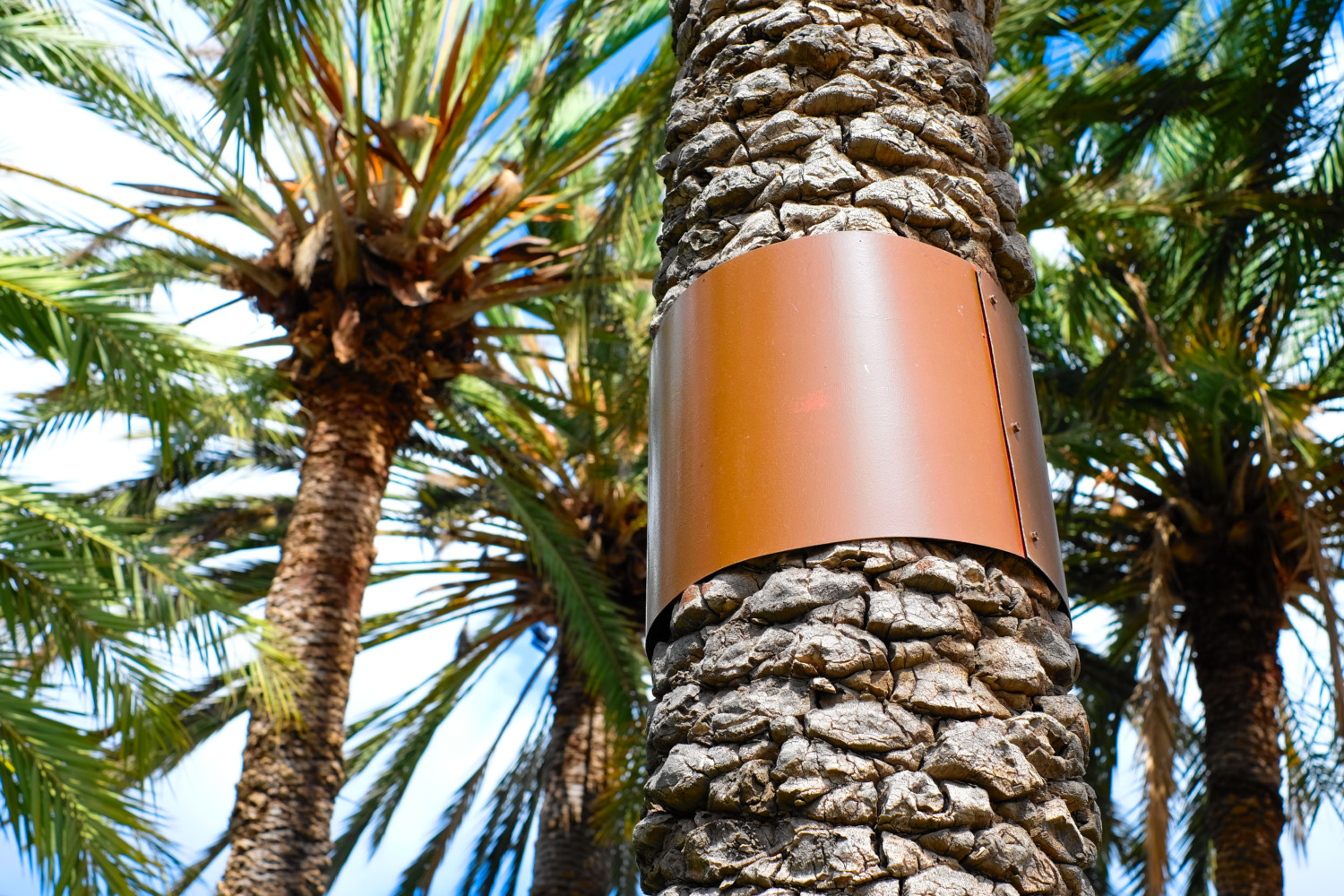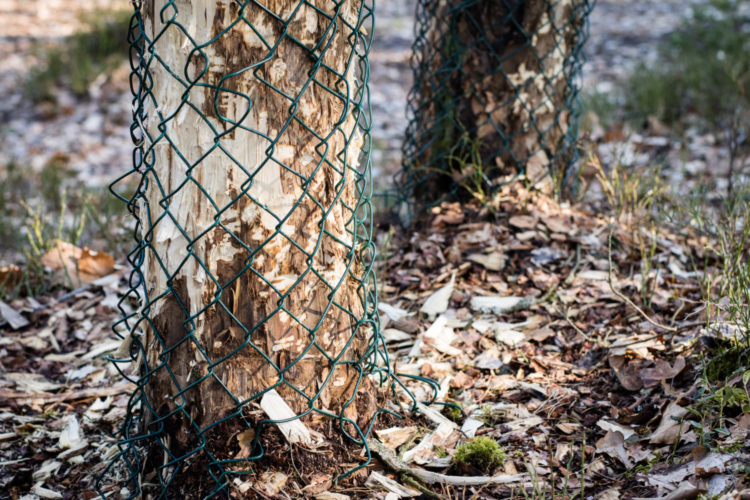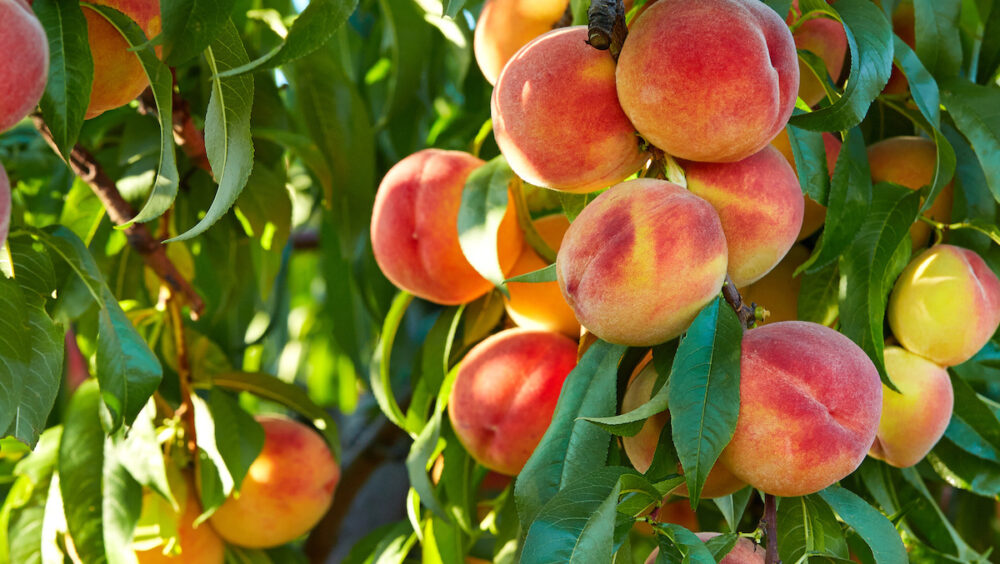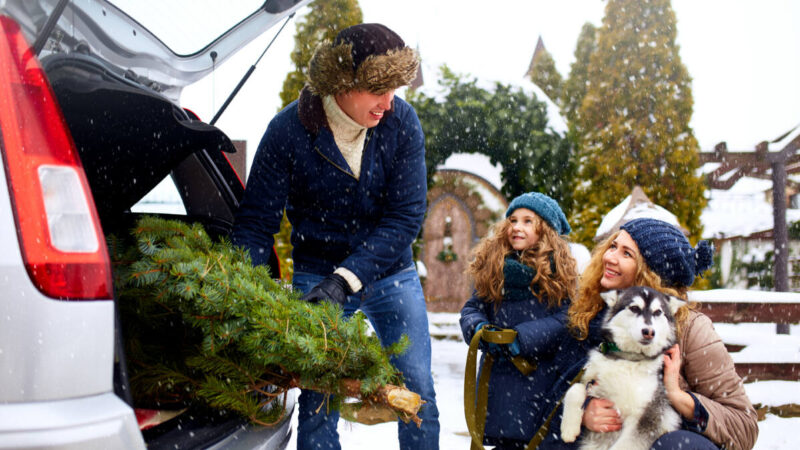Why you might see metal wrapped around a tree
If you have ever seen aluminum bands, hardware cloth or some other type of metal wrapping the trunk of a tree, you might have wondered about its purpose. It’s not to help the trunk grow straight, nor is it meant to act as a reflector or to enhance the tree’s appearance.
Sometimes called baffles, metal bands wrapped around a tree trunk like a belt are strapped on to protect trees from pests that could be harmful. Arborists and other experts often recommend this practice as it is affordable, easy to implement and not dangerous to plants, animals or humans.
Whatever type of metal wrap is used, the primary purpose is to make it difficult for critters to access the tree.
For instance, metal bands and cones midway up the trunk of a tree can thwart squirrels, rats or other rodents from climbing up and nesting in the branches or accessing attics of nearby houses. These animals can also strip the bark from branches, leaving them less protected from the elements and more vulnerable to disease.
In regions where beavers, woodchucks or groundhogs live, wire mesh can prevent the animals from clawing, chewing and otherwise damaging tree trunks.
There are other benefits to wrapping metal around a tree trunk, too. When wrapped around fruit or nut trees, baffles can hinder animals from scurrying up to steal the goods. Metal bands, mesh or a cone-shaped baffle can also keep cats from climbing and potentially getting stuck or injured.
You can purchase baffles and cones or make a DIY wrap using thin sheet metal, straps and screws. However, there are factors to consider. First, think about the type of animal you want to impede, and then place the band in an appropriate location. Cats, rats or squirrels can jump several feet, so make sure the baffle is at least 4 to 5 feet up the tree and at least 18 inches wide to hinder the critters’ path.
Don’t nail or screw the band directly to the tree, as this could cause damage. In addition, the metal band should be tight enough to stay in place yet loose enough that it won’t “girdle” or dig into the tree, especially as the tree grows. Finally, make sure the tree isn’t touching any power lines or anything else that could be hazardous.







